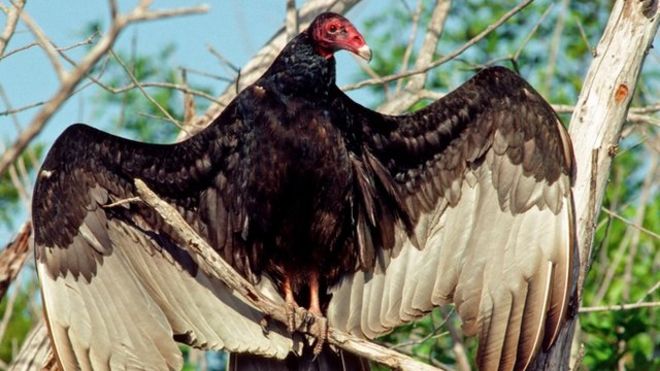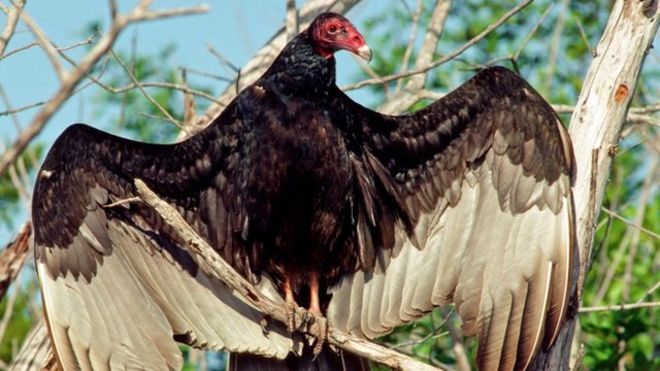
It used data on bird strikes to get a sense of what would happen if a small drone collided with a plane.
Only 3% of collisions between aircraft and birds similar in weight to domestic drones result in damage, found the George Mason University researchers.
An even smaller number caused injuries to humans, it found, and many of these were caused by flocks of birds.
No fatalities
The research project was prompted by the recent introduction of rules in the US that make owners of drones weighing more than 250g register their craft with the US Federal Aviation Administration (FAA).
“Contrary to sensational media headlines, the skies are crowded not by drones, but by fowl,” wrote Eli Dourado and Samuel Hammond in an article summarising their research.
US airspace is home to about 10 billion birds, said the researchers, but collisions between fowl and aircraft have remained rare.
The pair analysed 25 years of data gathered by the FAA on bird strikes to determine what damage a drone might do.
Of the 160,000 bird strikes recorded since 1990, 14,314 caused damage, revealed the analysis. About 80% of the damage was done by birds such as turkey vultures and geese, which significantly outweigh domestic drones.
About 97% of the strikes that involved small birds did no damage to the aircraft they hit, said the researchers.
“Given the voluntary nature of strike reporting, the true percentage of strikes causing damage is probably much lower, as strikes that do not cause damage can be either missed or under-reported,” they wrote.
The researchers did point out that because birds and drones are made of different materials, more damage might occur if a drone hits a plane. It urged the FAA to carry out research to determine the likely damage.
While there have been wildlife strikes that did cause fatalities, none involved a bird that was similar in size to a domestic drone, they said.
If drones collided with planes in the same proportion as birds do – roughly one bird in one million – then it could be a long time before any drone-aircraft impact does damage, they said.
“One damaging incident will occur no more than every 1.87 million years of 2kg [drone] flight time,” said the researchers. Fatal incidents will be even rarer.
“This appears to be an acceptable risk to the airspace,” they concluded.
[Source:- The Times Of India]




